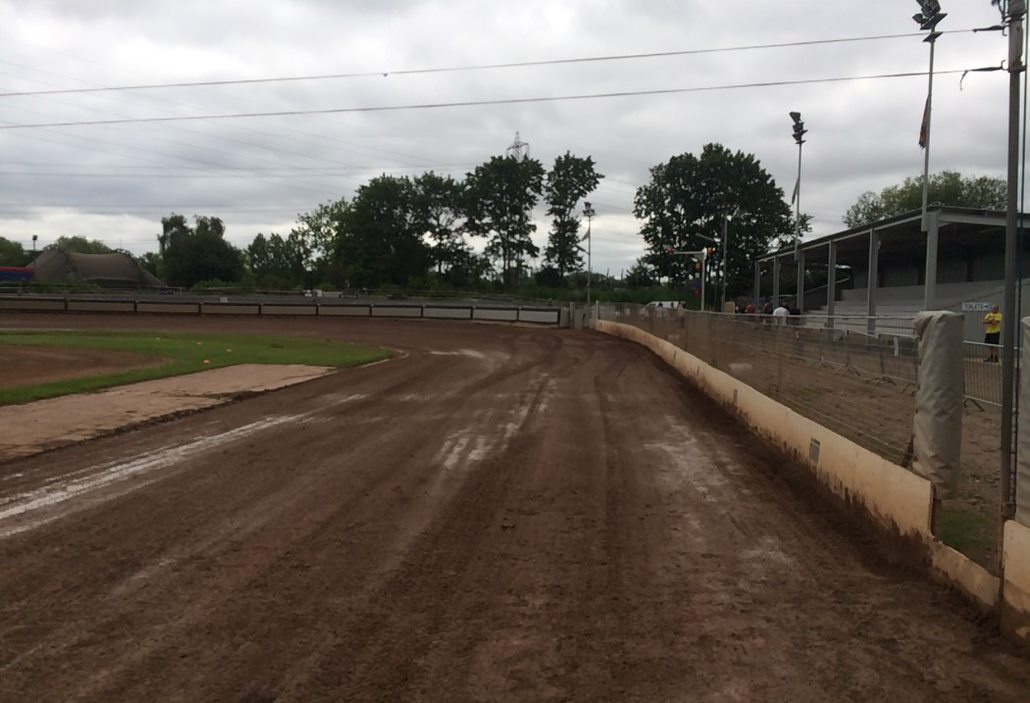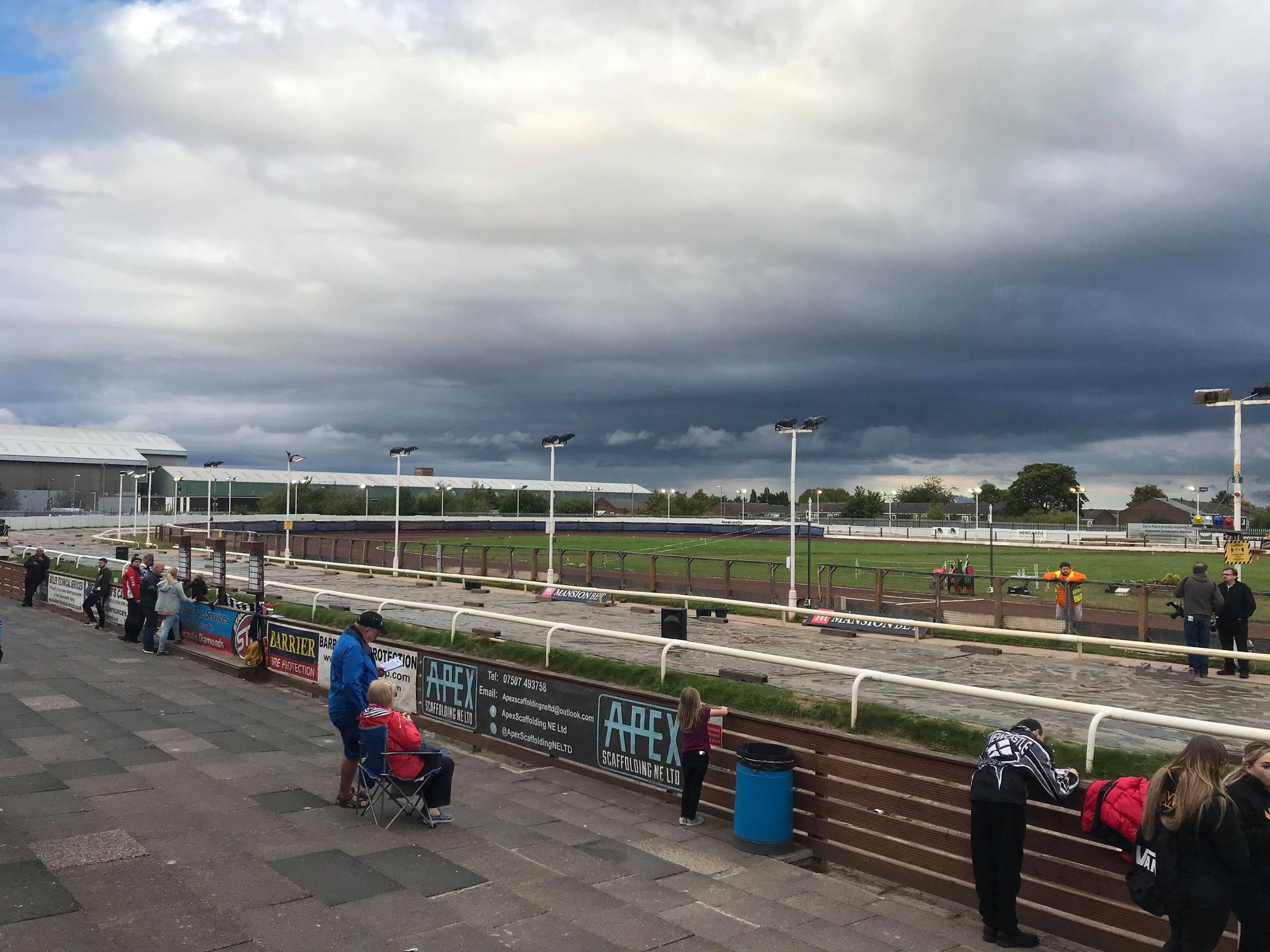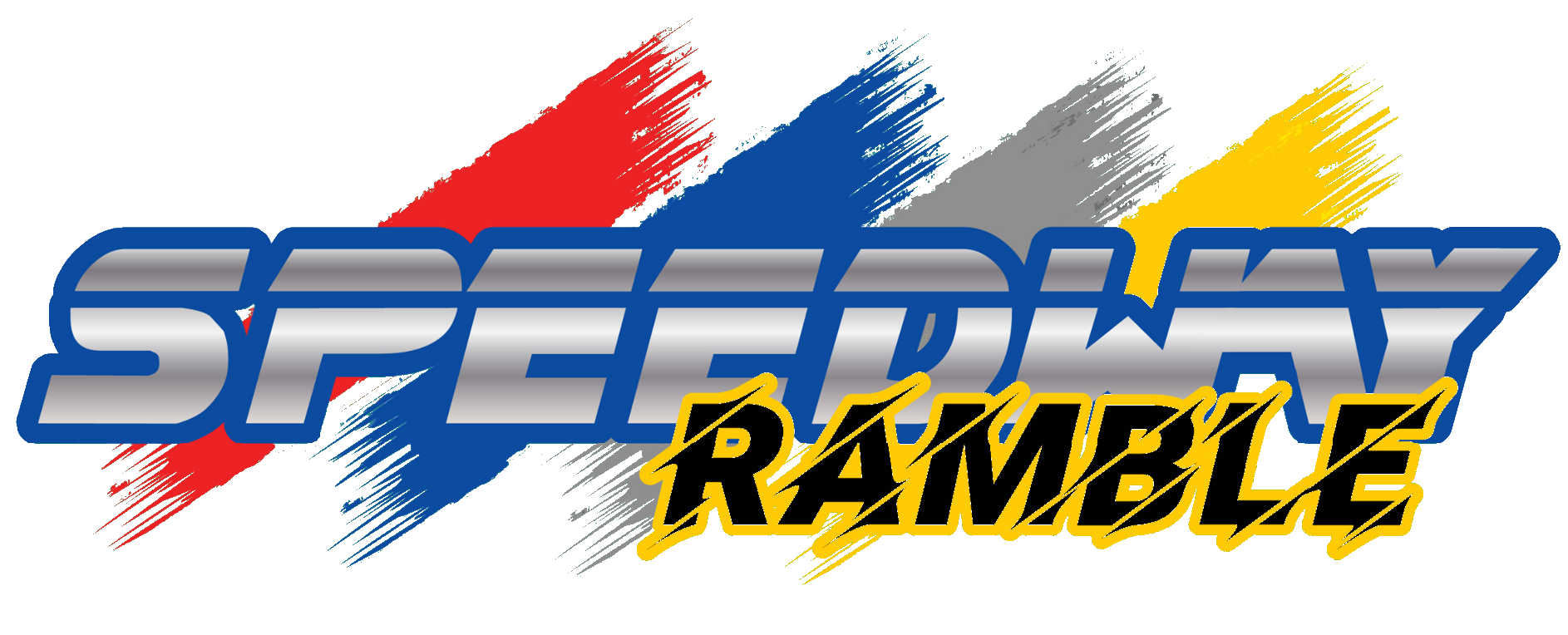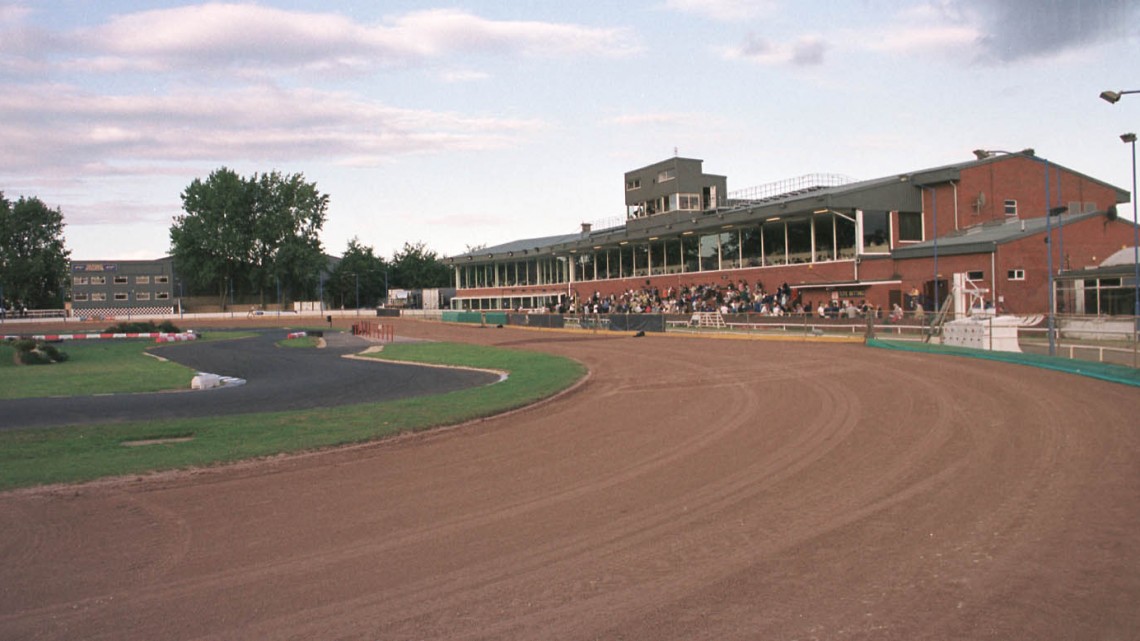The Importance of Oxford’s Revival
It's been 14 years since the engines died down at Oxfords Sandy Lane. Consigned to the history books like many before it, and many after it, Oxford was one of the world-famous names in British Speedway, or so we thought. Speedway's archives have always had a uniquely sad place compared to other sports. I can't think of any other sport where I can watch old matches between former giants and realise the majority of the major players are no longer competing. I recently watched a few old matches between Coventry Bees and Cradley Heath, and others starring the Reading Racers, Exeter Falcons, Long Eaton Invaders, Hull Vikings, the list goes on and on.
One of my biggest concerns with Speedway is preserving its historic sports venues. History is why I believe the return of racing at Oxford is crucial to speedways future success. Kevin Boothby has a fantastic business plan for the stadium. The subsequent execution by the long-time local fan and rider Jamie Courtney means the Cheetahs have every hope of a successful comeback. Should the Cheetahs return to British Speedway's second Division be successful, they could be the benchmark and motivation needed to fuel the recovery of other venues such as Rye House, Bradford and Coventry.

A venue being old isn't solely what makes a stadium historically significant. A club's success also contributes. Oxford's history not only dates back to 1949, but they've also had success in the leagues. They won the Third Division of the National League in 1950. Following their success, they moved up to the second tier and would jump to the top flight in 1957. They won the first division title in 1964, but their real era of dominance was in the 1980s.
I'm not sure if it's true or not, but I always feel the Oxford Cheetahs aren't quite held up in the same way as the Heathens or Bees. They should be! The Cheetahs won the top division title 3 times in the 1980s (85, 86, 89), fending off Coventry and Cradley's heavyweights, as mentioned earlier, alongside Manchester's Belle Vue Aces. The Cheetahs also boasted some of the world's best riders: Simon Wigg, Hans Nielsen, and Marvyn Cox! Later the likes of Leigh Adams and Todd Wiltshire joined and guided the Oxfordshire men to a spectacular 2001 Elite League title win, the last club to win the top division title before the introduction of play-offs.
The return of Oxford couldn't come at a more crucial time. The mood around tracks dipped rapidly after the closure of Eastbourne. Newcastle and Birmingham were saved at the eleventh hour, but unfortunately, Kent and Eastbourne won't return for 2022. It's so important to keep tracks like those as mentioned earlier alive. They are in prime locations, and they can appeal to new audiences by giving maximum sport exposure.

Early signs are promising for the Cheetahs. Their social media page encourages interaction with the fans and builds up their signing with suspenseful posts. Let's hope they are rewarded with solid attendances come March.
Even better about Sandy Lane is Oxford's lease, which spans ten years, giving a secure foundation to build upon. The ownership of stadiums often exacerbates Speedway's precarious position. The construction of the National Speedway Stadium and Belle Vue's move next door showed us that new stadiums in populated areas could be achieved.
Despite the general solemn mood among speedway fans, we have positives to celebrate. Northside's construction looks promising and could become a new Scunthorpe, giving valuable track time to British Youth if they aren't up to league standard yet (alongside places like Scunthorpe and King's Lynn). We've also seen vast improvements to venues like Glasgow and Ipswich.
We've seen three key examples of progress for Speedway in the last five years, a blueprint for what could be achieved if the right strings are pulled.
Glasgow showed it's possible to take a venue on the brink of collapse and turn it into a key feature on the international calendar. Belle Vue gave hope for Speedway in big cities by showing, it's possible to get a stadium built and have the speedway club in control, nobody else. Oxford proved as long as the stadium still stands, it's possible to get Speedway back to a venue after a lengthy battle.
The belief Speedway can achieve a revival is why it was so crucial for Oxford to return to the professional speedway calendar. These three examples have laid the foundation. Let's hope others follow their lead, and we salvage our heritage to share with future generations.

